Radish black - useful and unpretentious culture. The root crust is grown in the open ground throughout Russia: from the northern regions to the south. Such a demand is explained by highly healing properties of plants, ease of cultivation and minimum labor costs.
How to grow black radish without any problems and how to properly care for the plant? When to collect radish and how to keep the harvest? Answers to all questions and recommendations of experienced gardens - in this article. A selection of thematic photos and video materials will help to better perceive the information outlined.
Radish black, plant description
- Radish black refers to two-year-old herbaceous plants of the family of cabbage and is one of the varieties of radish sowing.
- In Russia, radish appeared in the 12th century, since then this vegetable culture is valued with its high healing and useful properties.
- This variety of radish is characterized by a black peel of the root and bitterly sharp taste of the pulp.
- The root, mass of 200 to 600 g, has a rounded form and is formed in the first year of planting (after 3-4 months). The flesh in radish white color, juicy and dense.

- The leaves of the vegetable cannon, green. Radish seeds are small, dark color, rounded shape, ripen for the second year after landing.
- The plant has a high level of cold resistance, unpretentiousness in care and high yield.
- Radish black has varieties of early, medium and late crocks. The vegetable is grown, as a rule, by seed in the open soil.
- Radish Black Winter is one of the most famous average varieties that mature about 3.5 months. Winter variety is especially rich in ascorbic acid and perfectly preserved throughout the winter.
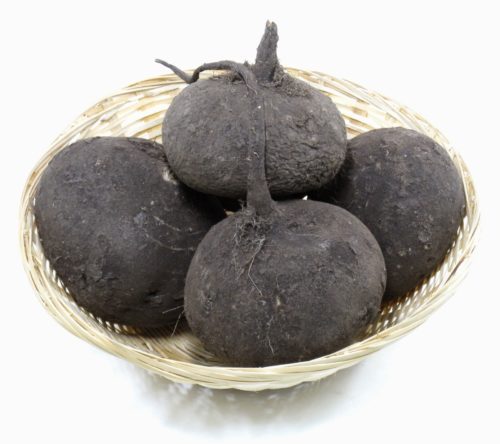
Radish black, useful properties
- Radish black has long been famous for its healing properties. Kornemplod contains a lot of useful substances: micro and macroelements (potassium, sulfur, calcium, magnesium), mineral salts, proteins, sugars, essential oil, etc.
- The use of radish allows you to cope with many problems in the human body. It improves appetite and normalizes the intestinal work; helps with a protracted cough (colds) and treatment of radiculitis; Soothes the nervous system and speeds up the metabolism.
- Grinding black radish stimulates wound healing, especially purulent; annoying and strengthens hair bulbs. In addition, its juice contributes to the elimination of cholesterol and is a proven choleretic agent.

- The radish juice is widely used for diseases of the cardiovascular system, the gastrointestinal tract, the respiratory system. Using juice, it is important to consult a doctor, because in large quantities of radish has an irritant effect and can harm. There are also a series of contraindications for the use of root inside (for example, pregnancy, ulcer of the stomach or a sharp period of any disease).
- In addition to proven medical properties, radish is a popular product in cooking. Spicy taste and tart fragrance make it possible to use a vegetable for the preparation of a variety of salads and snacks.
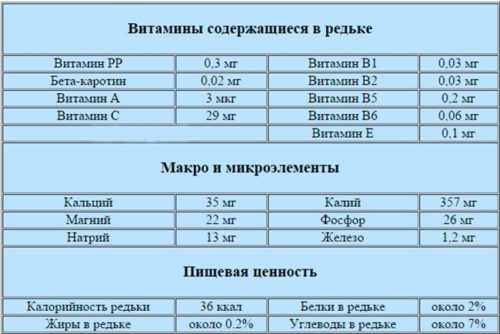
Features of Black Radish Growing
- Experienced vegetables are recommended in the process of growing culture, slightly rock her rootpode. This technique allows you to slow down the development of side roots so that the maximum power receive the main rod root. After that, the radish grows juicy, dense and large.
- Radish is prone to the formation of the shooter, which adversely affects the quality of the root. In order to avoid riflements, it is necessary to constantly maintain a wet soil environment, seed seeds after all frosts (or to cover the garden bed) and choose stable, to the formation of floral stems, (arrows) of varieties. Range thickened landings also provoke the risk process.
- The best predecessors of black radish will be such vegetable crops: potatoes, onions, salad, dill, pepper, zucchini, legumes, cucumbers, pumpkin, eggplant. In no case cannot be soiled radish after cruciferous crops, as they have common pests and the same diseases.
- With a lack of land area, radish can be samped to other vegetables, for example, to a bow, potatoes or tomatoes.
Planting black radish in open ground
The main agrotechnical testers of sowing, the correct dates of landing and preliminary training of seeds make it possible to avoid further unwanted cracking of the roots, the appearance of arrows and get juicy, healthy vegetables.
Black radish, landing time
One of the most important and burning issues when landing this root: "When is it better to plant black radish?" But the answer to it will definitely fail. It all depends on the variety of radish and the target destination of the growing vegetable.
Consider all the nuances concerning the timing of the sowing of the root in the open ground.
- Due to the cold resistance, the seeds of radish begin to germinate at temperatures from +3 to +5 0S. Shoots perfectly carry freezes in the specified temperature range with the sign "-". Adult plants are not afraid of negative temperatures up to - 6 0S. Unfortunately, minus temperatures may cause radish shorting.
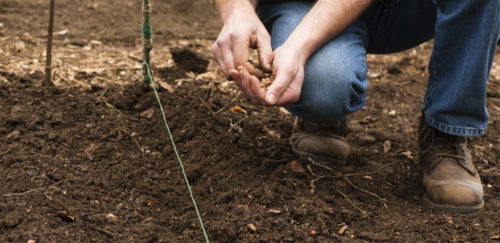
- Radish black varieties are distinguished not only by appearance and taste, they have different dates of sowing and, accordingly, maturation. Thus, early grades are planted at the beginning of spring (in March), early - in the second half of spring (in April-May), the varieties of medium time - at the beginning of summer, and late species - in the middle of the summer (in July).
- Radish for winter storage must be planted approximately from the middle of the summer, in June-July (depending on the region). Moreover, the varieties of medium and later landing terms will be suitable for these purposes ("Leak", "Winter Round Black", "Chernivka", "Negro", "Skvirskaya Black", "Gaivoronskaya").
- For seasonal use of radish, the varieties of early crops of sowing are suitable, as well as the rapid varieties of radish ("Ladushka", "May", "Sultan").
- The violation specified for each variety, landing time in the ground, can lead to cracking of the roots and unwanted premature flowering culture.
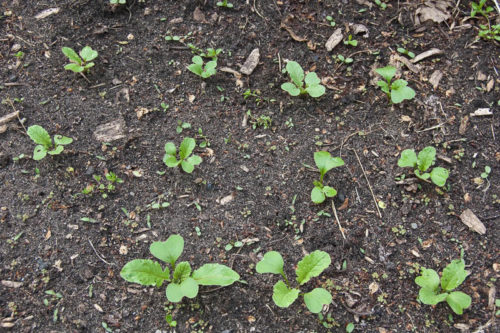
Black radish, preparation for landing
Before sowing radish, it is important to choose the right place to fit, prepare soil and process seeds. Successfully completed events will subsequently become the key to obtaining a rich and high-quality harvest.
- For sowing radish, choose open, well warmed, wet areas. In the shade, radish will form a long topping and underdeveloped root. The soil should be light, loose and fertile, with neutral or weakly alkaline medium reaction. In the case of sour soil, it must be made it (200 g per 1 m 2), otherwise the culture will be hurting and whatess. Solid clay soil also adversely affects the quality of the root plates: they grow uneven, with cracks and crooks. Optimally favorable soil for radish - fertile moistened loams.
- To prepare a plot for sowing radish, it is first drunk and fled mineral fertilizers. Super phosphates are ideal for this, with the addition of urea and potassium chloride (3: 1: 1 ratio). Scarce and poor soils are additionally fertile ... compost, wood ash or humus. The dung for the fertilizer of radish is better not to use, since the rooted roots will cause low taste.
- Preparing black radish seeds to sow, they are pre-calibrated. For this, the seed material is poured with concentrated salted water (1 tbsp. Salts on 1 tbsp. Water) and only the seed seeds leave. Then they are sieved through a sieve (2 mm), selecting non-sifted large copies. You can additionally germinate seeds in a wet marla to speed up the timing and get 100% germination. For a day (before sowing), the seeds are soaked in weakly diluted mangartee, thus disinfecting them.
Black radish, sowing in open ground
- On the explosive and crumpled garden, grooves are made, up to 2 cm deep. The width of the aisle is about 30 cm. The grooves are better to pre-shed water, then the germination of the seed will be better.
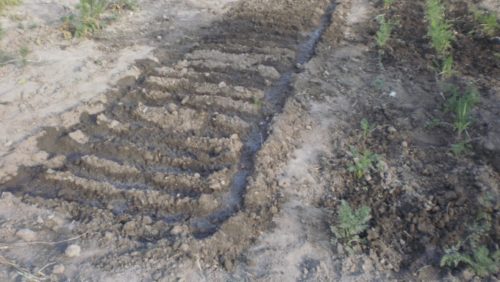
- In the grooves sow prepared seeds, with an interval between seeds 10-12 cm. And for early and early grades, this distance can be reduced to 8 cm, and for middle and later, on the contrary, to zoom up to 15 cm.
- In addition to the technique of a single sowing, it is allowed, and the nest landing of 3-4 seeds in the well, with a distance between the last 15 cm.
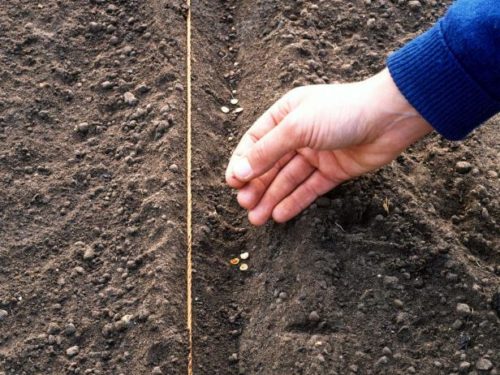
- The seed seeds are sprinkled with soil, the landing area is slightly condensed and neatly (not eroding soil) water water. If the soil is wet, watering the bed is not required.
- To immediately protect the gears of radish from a cross-color flea, the bed should be sprinkled with wood ash.
- The subsequent mulching of the area with radish small overwhelming sawders or peat will allow longer to save, valuable for culture, humid microclimate.
- Under favorable conditions (first of all, regular irrigation), the first shoots of the radish appear after 5-6 days. Thick shoots thin, leaving the strongest and strong sprouts.
Black radish, plant care
After the appearance of germs, radish needs regular irrigation, timely thinning and full-fledged feeding. A proper crop and compliance with its storage conditions will allow the root of the roots almost to the next harvest.
Watering and thinning of black radish
- In order to obtain large and juicy root roots of black, it is necessary to provide a moisture-loving plant with a constant humidity of the soil.
- Consistent moisture drops (abundant irrigated after drought) lead to cracking root. Insufficient watering provokes the formation of bitter, hollow and coarse pulp meat.
- Rounds of irrigation depend on weather conditions and varietality of radish. So, plants landed in the spring are watered 1 time per week, and later (winter) varieties - 1-2 times a month.
- Watering is carried out in the morning or evening, using 1M 2 At least 10-13 liters of water. The organization of drip irrigation of the garden is also welcomed.
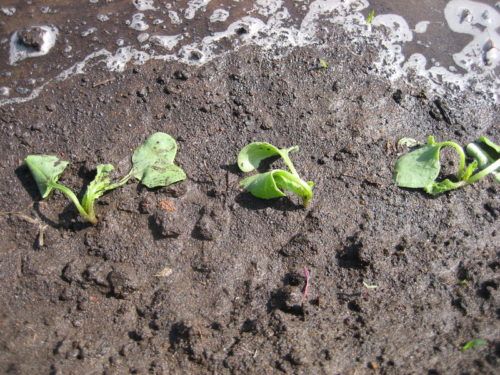
- Reduced irrigation rates and preserve the soil moisture will help mulching the site.
- In order to avoid the formation of the crust after irrigation, the bed is constantly loose and removed the entire weed grass.
- When the radiation of 3-4 leaves appears on the sprouts, the splits of shoots (5-7 cm between seedlings). A month later, the Ginochka is reloading again, leaving about 10-15 cm between plants. Thickened, non-extended landings are constrained and deprived rooting, which adversely affects their full aging.
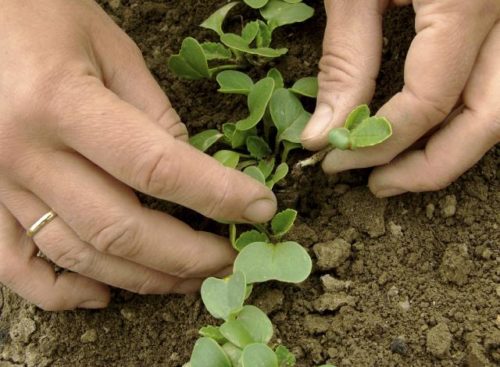
Feeding and making fertilizers for black radish
- It is necessary to feed radish, on average, 2-3 times for the entire growing season.
- Estimated grades will be sufficiently 1-2 feeding during the occurrence of seedlist leaves (re-in a week). For this, nitrogen-containing complexes that stimulate plant growth are used.
- Late radish varieties can be picked up more often (2-3 times). Use mineral fertilizers with nitrogen, potassium and phosphorus (super phosphates, urea, potassium chloride).
- Three weeks before the alleged harvest collection, all the feeding stops.
- If dry fertilizers are used - the soil must be wet.
- Compost, humid, infusion and wood ash are suitable from organic feeding. Manure is not used as feeding roots.
Pests and diseases of black radish
- Most often, thickened landings of radish are subject to pest attacks or such that were planted after representatives of the same family of cruciferous.
- The most dangerous pests of radish are cruciferous flepens and carrot flies. Parasites eat foliage and damage the surface of the root. At the same time, high risks of penetration into the pulp of radish of pathogenic bacteria and rotary mushrooms. Especially dangerous insect attacks during the appearance of shoots. That is why when landing is recommended to sprinkle a garden of wood ash. With damage to plants in the insects, insecticides like confident.
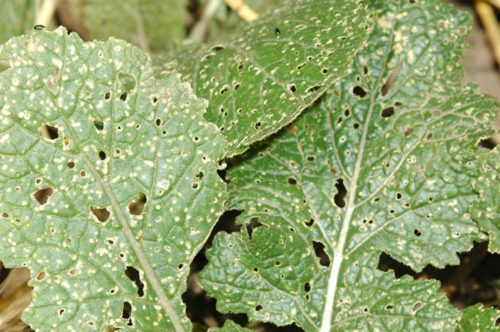
- In addition, radish pests can be: slugs, cabbage leaf, rapeseed bloom, wire and other . In the absence of the desired effect, chemical preparations are used - insecticides (intravir, phytodeterm, lipocide).
- If the roots are formed on the roots, which over time are rotated, the radish is amazed by a fungal disease called "Kila". The deformation and damage of foliage causes the so-called. "Mosaic Cabbage". The disease "Red rot" progresses with high humidity of air and is manifested by the formation of brown spots on the root plates. "Mutemy Rosa" is distinguished by education on the foliage of a light plaque, after which the leaves dry out, and the plant stops in growth. To combat these diseases, copper-containing drugs are used (burglar liquid, copper sulfate, copper chlorine).
Cleaning and storage of radish black
The time when it is necessary to remove the black radish from the bed depends on the variety and the diversion of the ripening of vegetable culture. Consider in detail when it is better to dig black radish and keep the crop as long as possible.
- The harvest fee must be carried out in dry weather so that the root plants are not wet and were ready for a storage bookmark.
- Collect the harvest of summer radish is necessary as rooting roots (in June-July). The culture converted in the soil becomes sluggish and flue. Radic digging, cut off the tops, sort and stored in the refrigerator (in the package with ventilation holes) not more than 10 days.
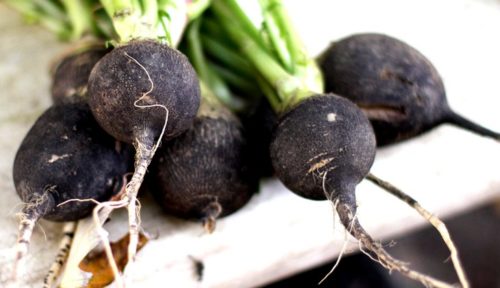
- The deadlines for the cleaning of late black radish, naturally, others (October-November). The rootpode leaves "lying" in the soil before the onset of cold weather. The main thing is not to wait for frosts, otherwise, the harvest can die. Pushing radish to storage will not be suitable. Radish digs, remove the tops, sort and prepare for a long, winter, storage.
- How best to keep black radish until spring? Before booking for long-term storage, root roots better dry several hours in a dry room.
- For winter storage, only healthy and intact radiation copies are selected, which are placed in boxes and lowered to the basement. Boxes can be covered with wet sand.
- Radish is a high-yielding culture capable of "giving" from 10 m 2 plot from 25 to 60 kg of delicious and useful root roots.
Thus, the black radish is an unpretentious cold-resistant plant, which is without much difficulty grown in the open soil. Using advice and recommendations for landing and caring for black radish, guaranteed to obtain a rich and useful crop.

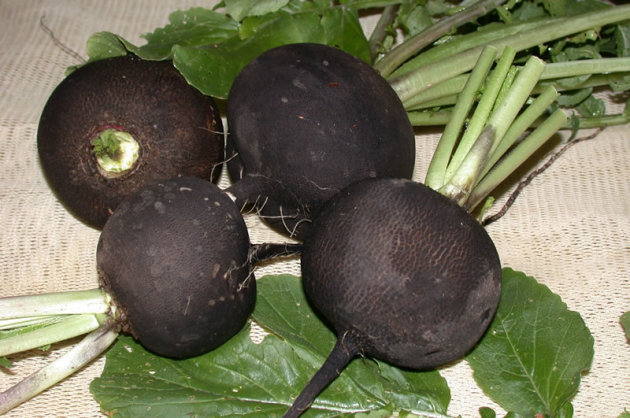
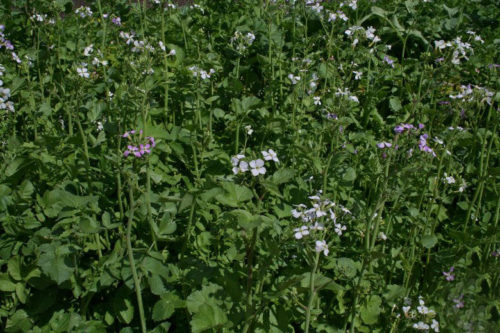
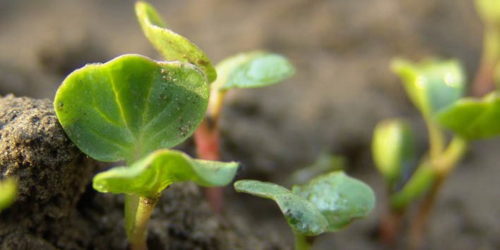

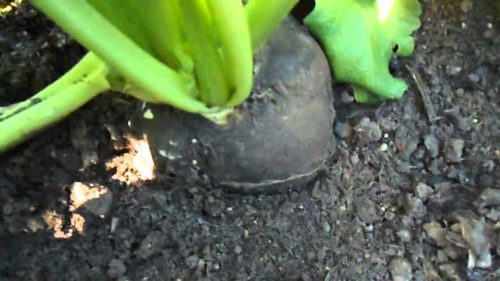
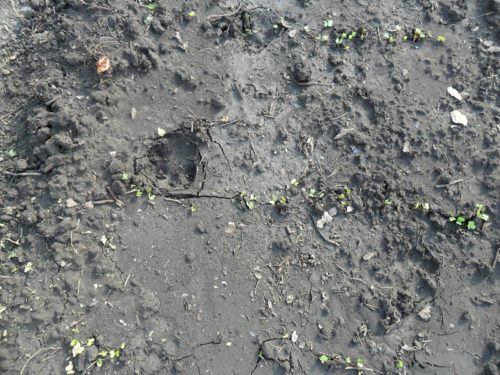
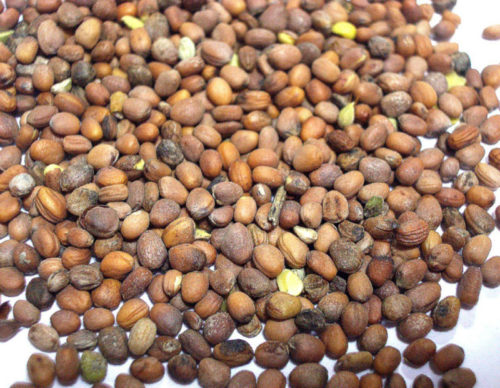
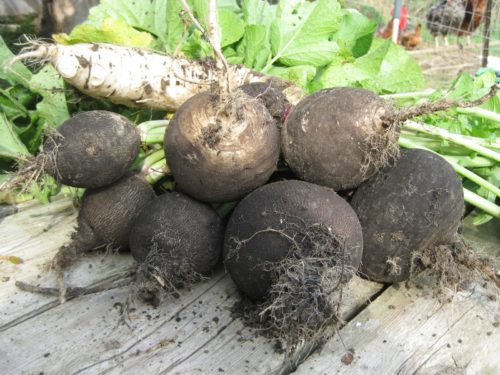
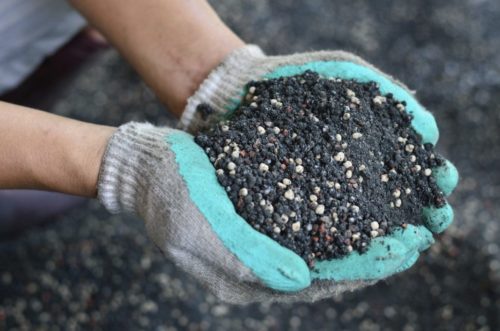
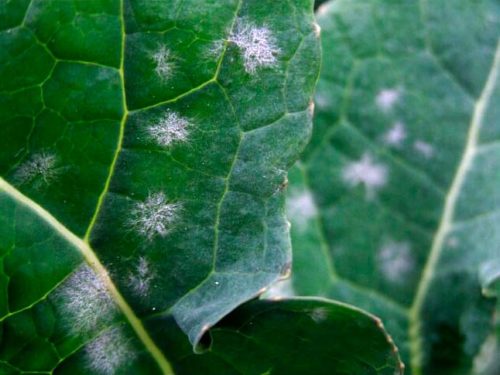
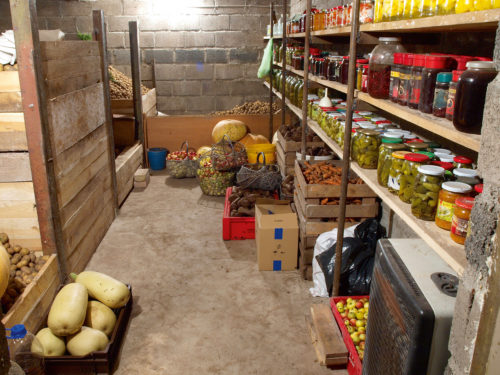
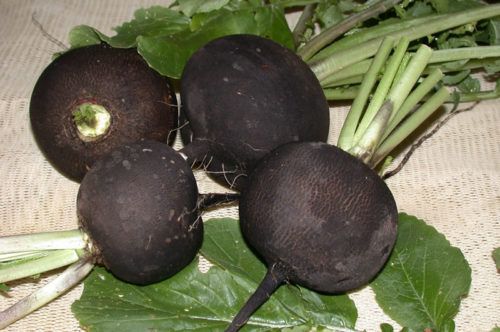
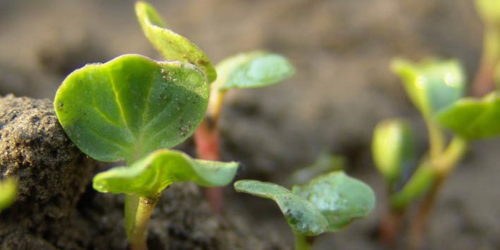
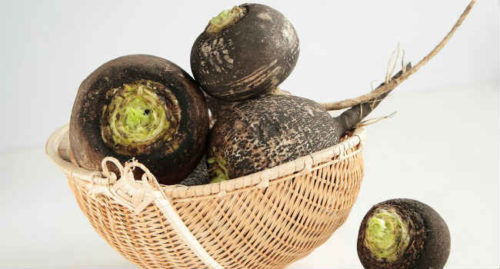
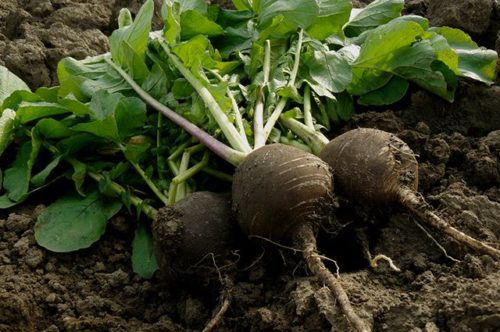












 Start a discussion ...
Start a discussion ...